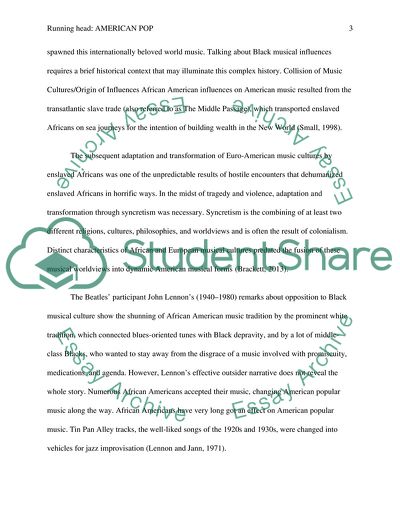Cite this document
(African Influence on American Popular Music Term Paper, n.d.)
African Influence on American Popular Music Term Paper. https://studentshare.org/music/1823259-american-popular-music
African Influence on American Popular Music Term Paper. https://studentshare.org/music/1823259-american-popular-music
(African Influence on American Popular Music Term Paper)
African Influence on American Popular Music Term Paper. https://studentshare.org/music/1823259-american-popular-music.
African Influence on American Popular Music Term Paper. https://studentshare.org/music/1823259-american-popular-music.
“African Influence on American Popular Music Term Paper”. https://studentshare.org/music/1823259-american-popular-music.


